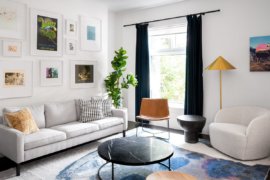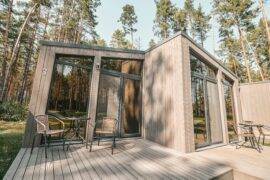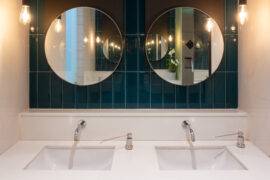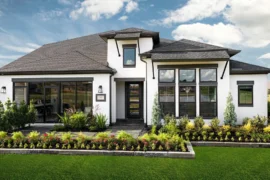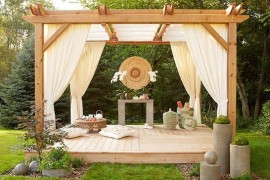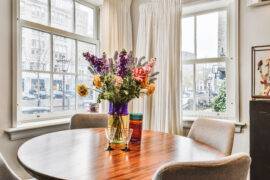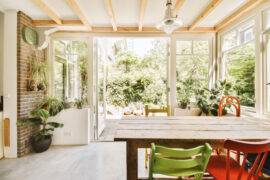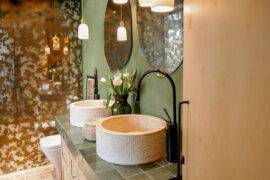Lewis Carroll once posed the intriguing and unsolvable question: Why is a raven like a writing desk? And while nobody has come up with an answer for the riddle to this day, modern design makes efforts to answer any other issues, be they of aesthetic or ergonomic nature, raised by this essential and often understated part of our lives.
Our writing desks can be a faithful minion to carry our inspiration, or a modern, inhibiting place of torture. The answers range from classic to eccentric in many materials, shapes and colors, many of them being a success.
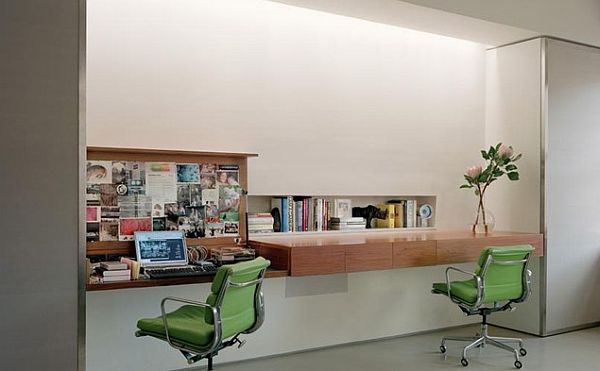
by Roger Hirsch Architect
There are several things to consider when deciding for a writing desk. For activities that require strong natural light, one would place the desk facing the window. A desk layout for lighter study activity can face the wall with a window on the side and be surmounted by various shelves. A representative desk for receiving guests faces away from the window and is more centered in the room.
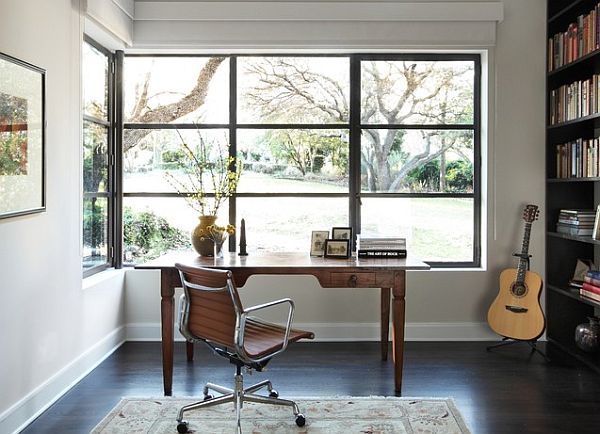
by Soledad Builders
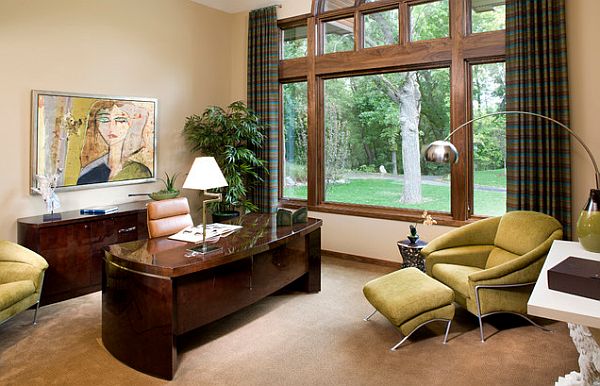
by Eminent Interior Design
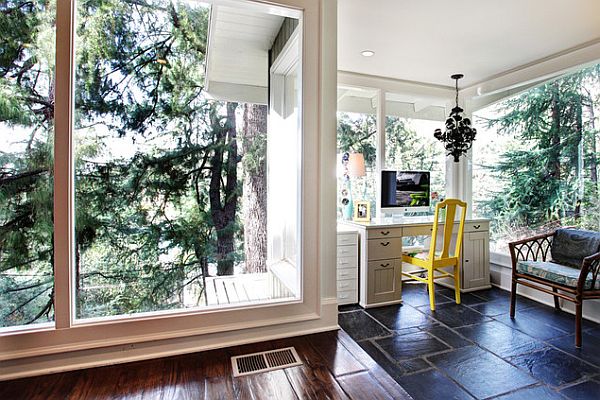
by Stephanie Wiley Photography
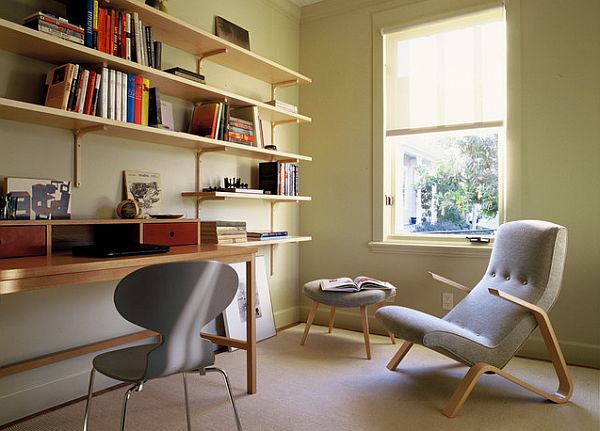
by Suzette Sherman Design
Desk size is a significant aspect. There is of course a standard depth and height for desk design, but it is a poor approximation rather inefficient in being adaptable to so many users and working types. For a multi-tasker using many documents and mediums, a long desk is probably the most suitable.
Bear in mind that a long or large desk easily gets cluttered – it’s just another horizontal surface that seems very spacy and welcoming whenever we are too lazy to put things back where they belong. When having to deal with hard work, tidiness is crucial not only for our productivity, but also for our psychological perception of the task at hand.
Clutter can be very burdening and non-motivational. A tidy desk is one less stress factor.

by Nicole Lanteri
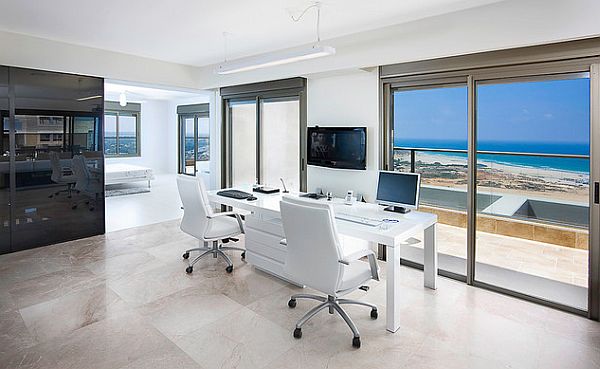
by Elad Gonen & Zeev Beech
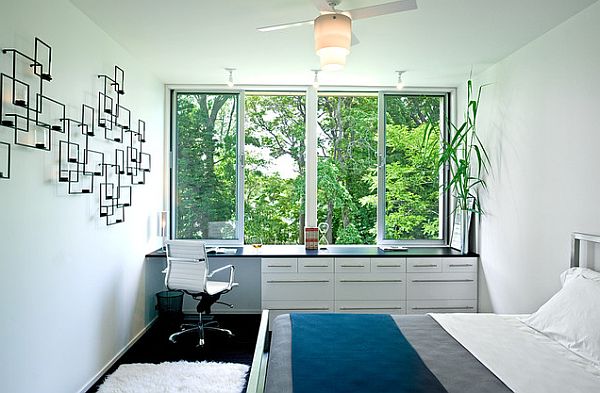
by Bates Masi Architects
From a design point of view, desks can of course be very practical and ergonomic. However, nothing says they can’t reflect some of our fantasies.
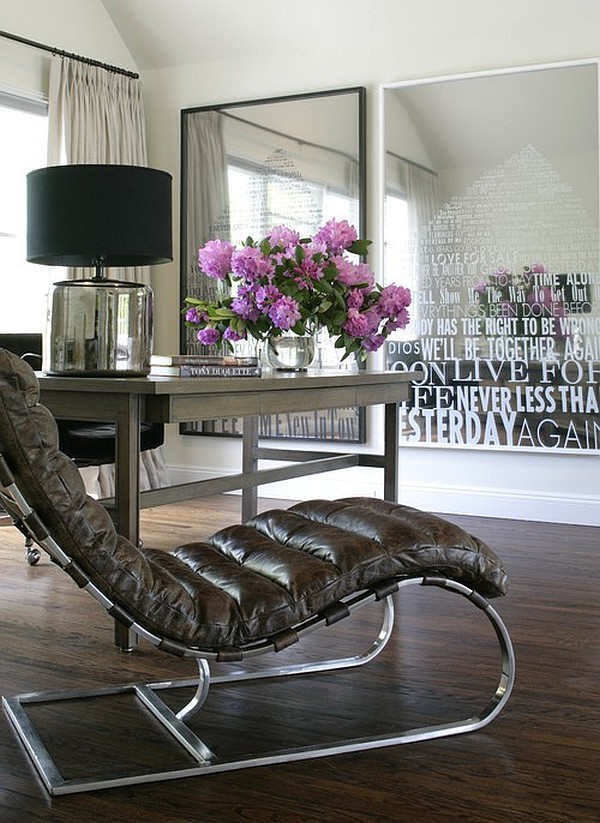
Here’s an example of a desk in a vintage shape and a beautiful, vivid baby blue, that cannot be unnoticed and brings your morals up even on the most weary and busy day.
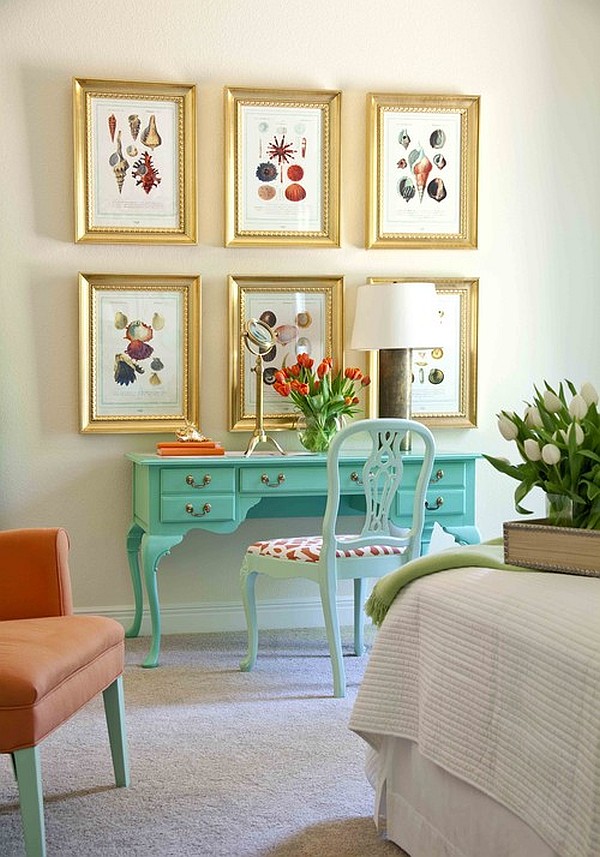
by Tobi Fairley
Notice how this classic cabinet with precious fixtures turns into a writing desk, reminding of turn of the century writers, old love letters in impeccable calligraphy and decades old brandy.
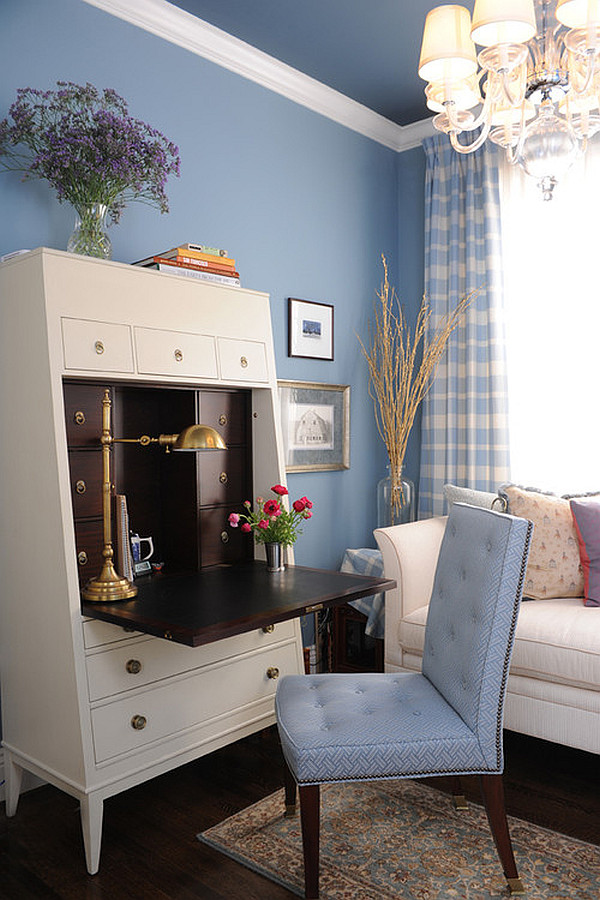
by Brian Dittmar Design / Photography by Emily Payne
Many intellect types with a hint of romanticism like to go with these Biedermeyer or Classicism inspired desk designs, even if the rest of the setting is very practical, plain, or contemporary. There is something to these gentle and fluid lines that brings out the poetry in each of us. Such a historicist approach elevates the place of work and shows an appreciation of living next to valuable things.
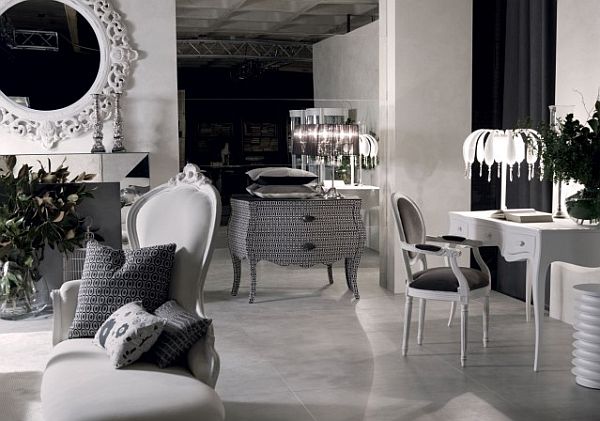
by Imagine Living
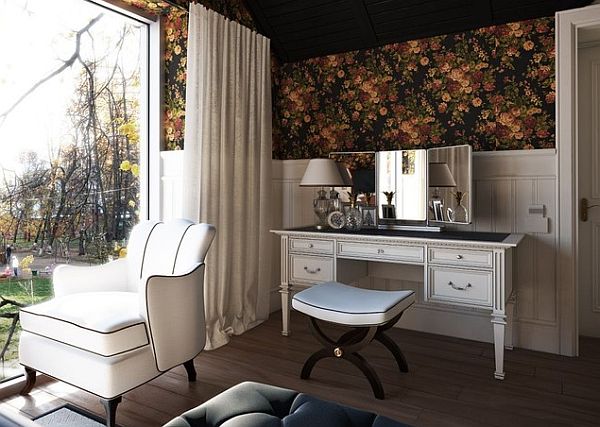
by Lompier Interior Group
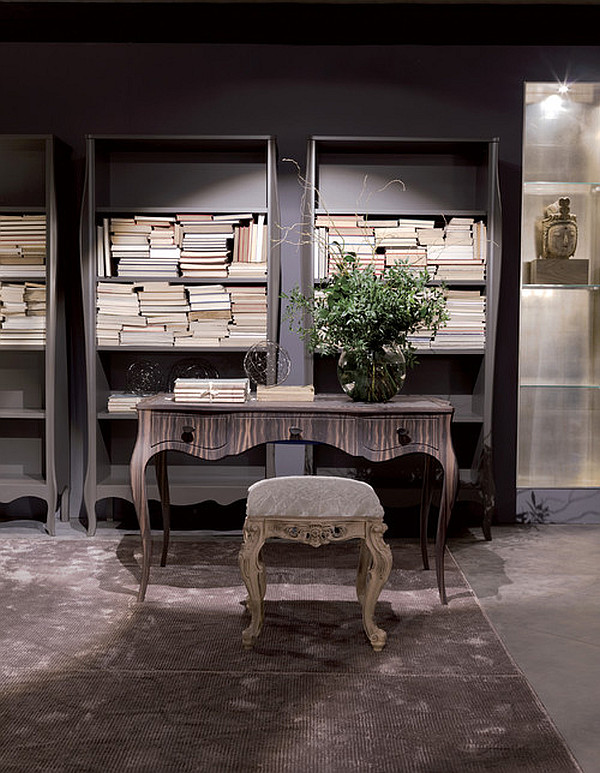
by Imagine Living
A slightly eccentric and very individualized design can be achieved with repurposed wood furniture with old iron fixtures. It conveys the place of work a touch of vintage and craftsmanship, reminding of a desk where Edgar Allen Poe would have written his Gothic stories, even more so with the stuffed raven in the picture below, expected to quote Nevermore at any moment.
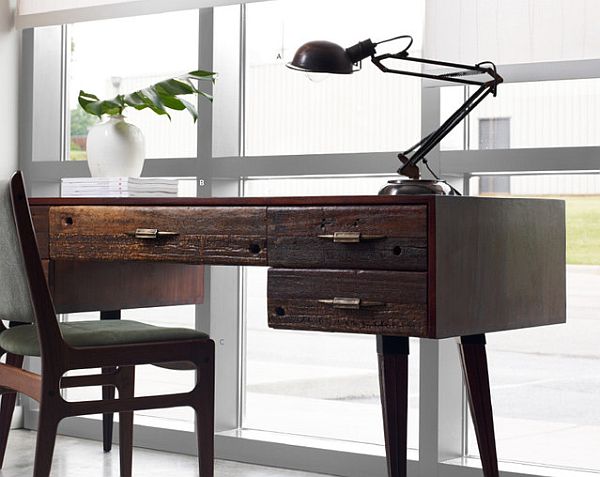
by Zin Home
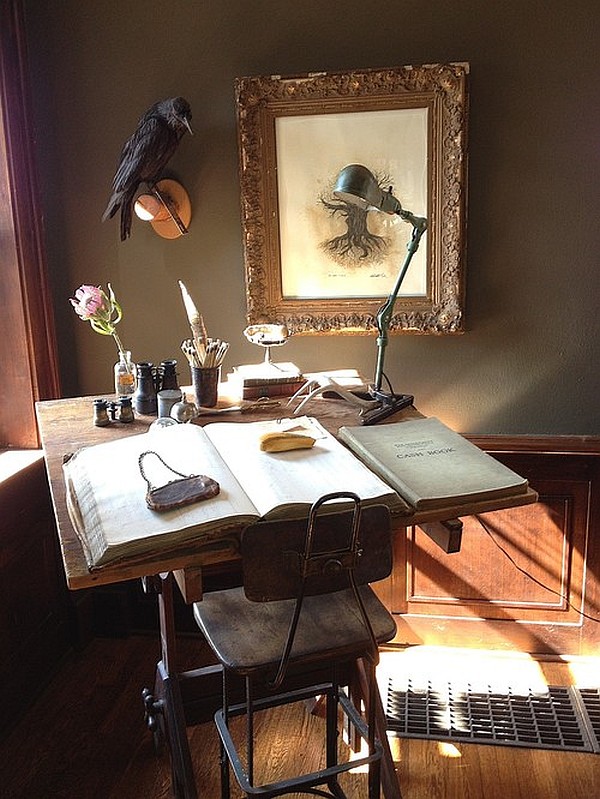
by Emily Winters
Nowadays, a writing or working desk can be sleek and weightless, almost just a single vast surface floating on slender legs, since it’s the one surface we really make full use of. Whether built of only thin wood, an aluminum frame with glass top or perhaps a folded sheet of metal, the piece can seem virtually invisible in the room.
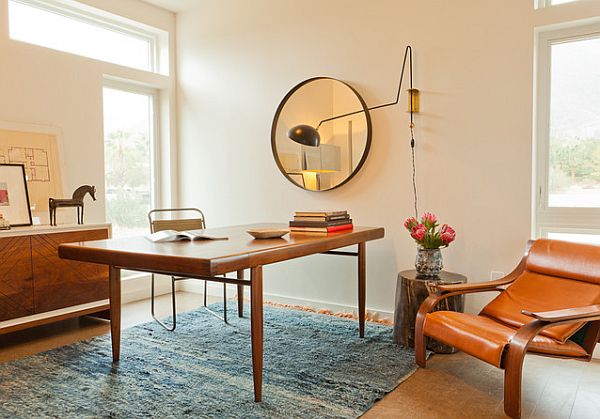
designed by Jamie Bush / by Izumi Tanaka Photography
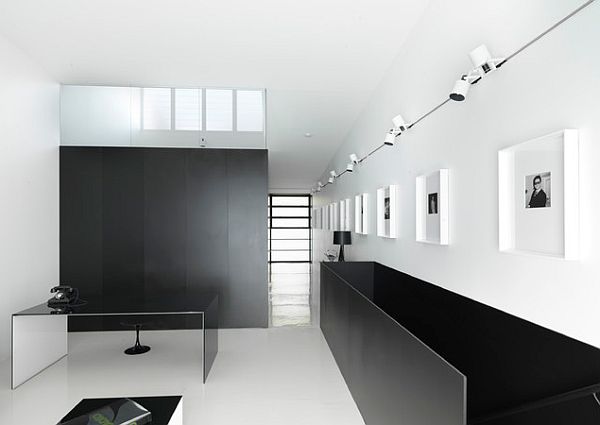
by Ian Moore Architects / Photographer: Iain D. MacKenzie
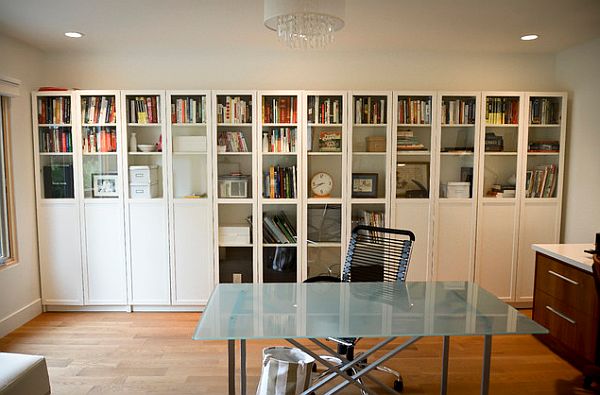
by Copper Brook Homes
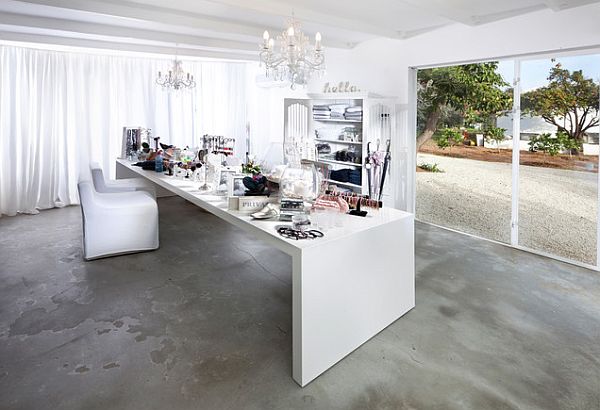
by Elad Gonen & Zeev Beech
And there is modernism with its visually stunning suite of shapes, its repertoire of artful asymmetries, its sometimes irrational virtuosities.
A plain desk design, when it is slender and simplistic, can become stylish through the smallest touch of asymmetry. The customization options are endless, and can lead to visual extravagances and even hybrid compositions. Below a round writing desk body that flows adjacent to a lounge area, both becoming a single layout.
Or perhaps a deconstructed and unexpected concept of a desk: an extravagant cast plaster structure that spirals in space, becoming a writing desk through the addition of a sleek glass top and a refreshing exercise of style for a working space worthy of productivity on our part and envy on others’.
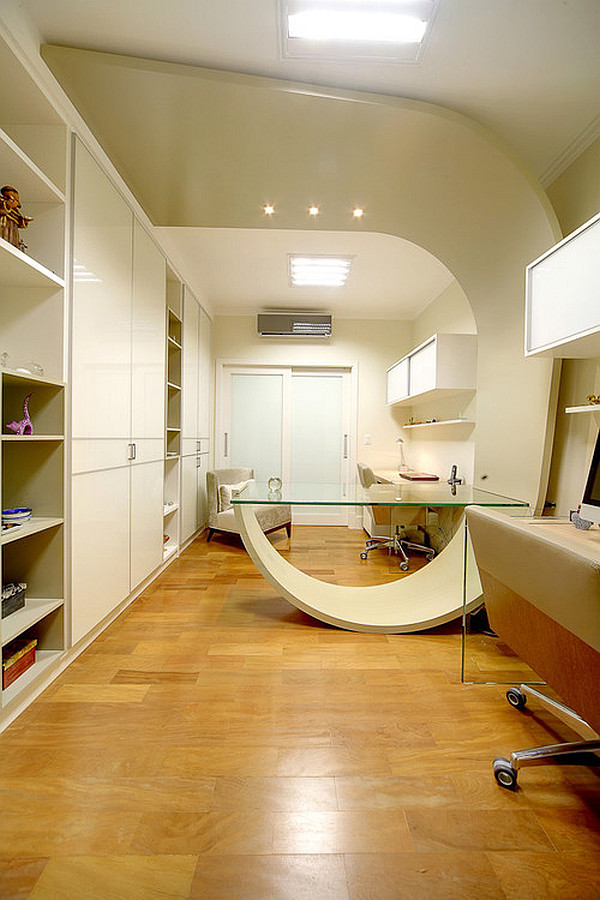
by Marilza Tavanielli
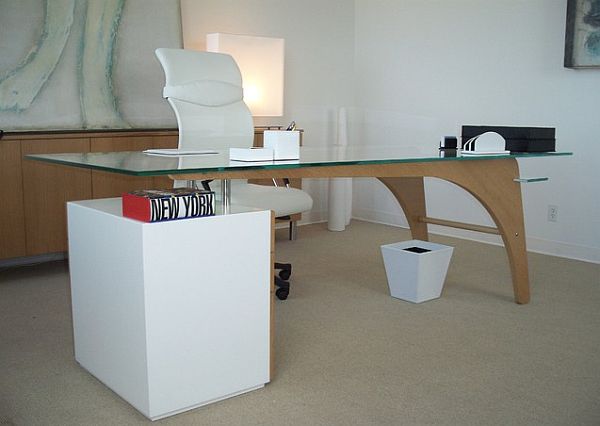
by fd&m GROUP
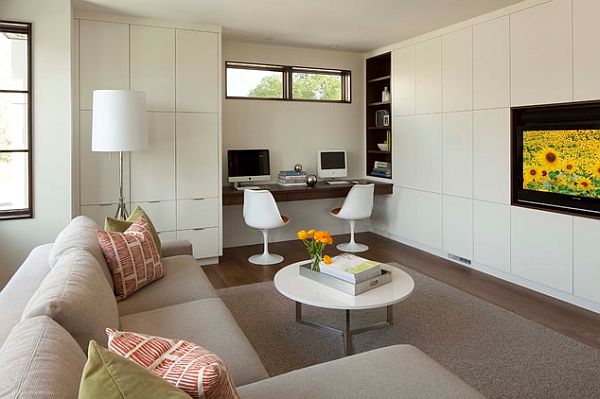
by Charlie Simmons – Charlie & Co. Design
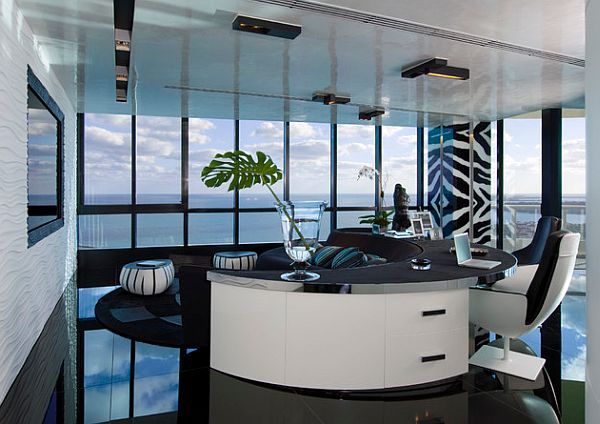
by Nieto Design Group
